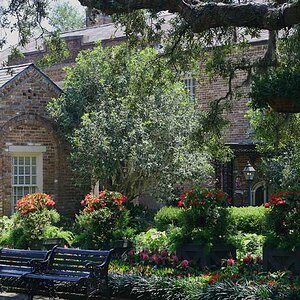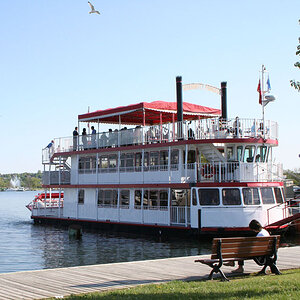So, my mother-in-law, on the advice of a friend, purchased a 28 piece filter set from ebay for my s5500, only costing me £65 so for starters, by no way am i accepting any outstanding quality, just "adequate" as a friend put it to me.
Problem being, i know nothing about filters and what they can achieve, sine i'm very new to doing "proper" digital photography. The filters included are...
5 image filter
3 image filter
8 flair star filter
4 flair star filter
Soft filter
Sand filter
+1 close up
+2 close up
+4 close up
+10 close up
Diffuse filter
Duto diffuser filter
Soften diffuser filter
Special soften diffuser
Red filter
Orange filter
Yellow filter
Green filter
Sky blue filter
Rainbow filter
Sepia filter
Linear polarize filter
Florescent filter
Safety filter
Two field filter
ND filter
Double exposer filter
Veri cross filter

What i was hoping...is whether someone could possibly take the time to list the different functions/possibilities each lense will allow me?
Apologies to those who've let off the biggest groans imagineable when they saw my question!
Problem being, i know nothing about filters and what they can achieve, sine i'm very new to doing "proper" digital photography. The filters included are...
5 image filter
3 image filter
8 flair star filter
4 flair star filter
Soft filter
Sand filter
+1 close up
+2 close up
+4 close up
+10 close up
Diffuse filter
Duto diffuser filter
Soften diffuser filter
Special soften diffuser
Red filter
Orange filter
Yellow filter
Green filter
Sky blue filter
Rainbow filter
Sepia filter
Linear polarize filter
Florescent filter
Safety filter
Two field filter
ND filter
Double exposer filter
Veri cross filter
What i was hoping...is whether someone could possibly take the time to list the different functions/possibilities each lense will allow me?
Apologies to those who've let off the biggest groans imagineable when they saw my question!




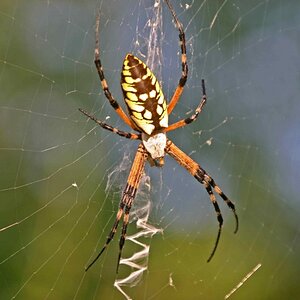
![[No title]](/data/xfmg/thumbnail/36/36681-6b091a8cd7318d47018c823a2eff3185.jpg?1619737677)
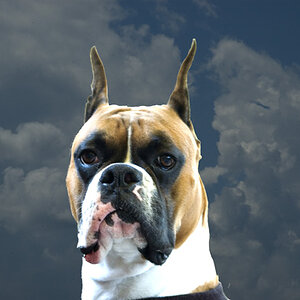
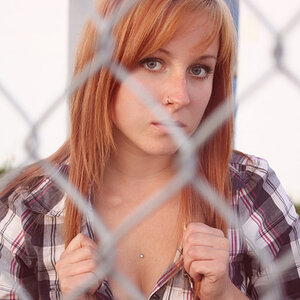
![[No title]](/data/xfmg/thumbnail/32/32158-8de1a90710a58144b47a0cee83a6c820.jpg?1619735234)
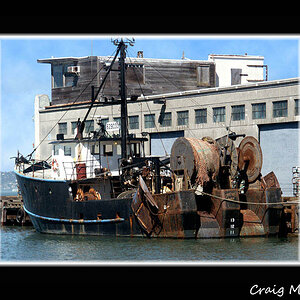
![[No title]](/data/xfmg/thumbnail/36/36682-50d0684eabff70509e27d7061c265146.jpg?1619737677)
